Letters to My Love: An Ode to Romance Through the Ages
Romantic love has evolved, transformed, and flourished over the centuries, yet one thread remains constant: the power of the written word to convey emotion, longing, and connection. "Letters to My Love: An Ode to Romance Through the Ages" explores the profound impact that love letters have had across different eras and cultures, serving as timeless testaments to the human experience of romance.
A Historical Perspective
Love letters have been exchanged for centuries, dating back to ancient civilizations. The Egyptians wrote romantic verses on papyrus, while Greeks and Romans inscribed their affections on wax tablets. These early missives, often infused with poetic beauty and passion, laid the groundwork for future generations to articulate their feelings on paper.
The Middle Ages ushered in a renaissance of love letters, characterized by chivalry and courtly love. The compositions of troubadours, who sang of unattainable love for noble ladies, exemplified this era. The letters exchanged between rulers and their beloveds often contained not just romantic expressions but also political undertones, reflecting the intricate relationship between love and power.
The advent of the Renaissance brought a renewed focus on human emotion and individuality, leading to the flowering of personal letters. Thinkers like Petrarch and Shakespeare crafted sonnets that captured the essence of love, influencing the way lovers communicated their feelings both in private letters and public declarations.
The Romantic Era: A Love Letter Renaissance
The 18th and 19th centuries marked a prolific period for love letters. The Romantic poets, like Keats, Byron, and Shelley, revolutionized how love was perceived and expressed. Their letters, filled with aching sentiment and fervent passion, bridged the gap between poetry and prose, making the expression of love not only more personal but also profound.
One of the most notable examples is the correspondence between Elizabeth Barrett Browning and Robert Browning. Their letters were rich with intellectual engagement, poetic musings, and deep emotional connection, showcasing how love letters could serve as both a mirror and a canvas for the soul.
This period also saw the rise of famous literary couples who expressed their love through letters, illustrating how correspondence became as intimate and revealing as their art. The power of these letters lies not only in their words but also in the historical context they provide—often highlighting the societal constraints lovers faced, such as class differences and family expectations.
The Modern Era: Electronic Affections
With the onset of the 20th century came rapid technological advancements that transformed communication. The typewriter, and later the telephone, changed the way lovers connected, but the love letter remained a cherished form of expression. Soldiers in both World Wars wrote heartfelt letters to their sweethearts, capturing the longing associated with separation and the hope for reunion.
As the century progressed, the rise of the internet and texting marked a paradigm shift in romantic communication. Today, love letters have taken on new forms—emails, instant messages, and social media posts. While the medium may have changed, the essence of love remains as powerful as ever. However, the immediacy of digital communication can sometimes overshadow the thoughtfulness and intimacy imbued in traditional handwritten letters.
The Enduring Legacy of Love Letters
Despite these changes in communication, the allure of a love letter remains unblemished. In a world that often feels increasingly disconnected, a handwritten letter can evoke nostalgia and tenderness, reminding us of simpler times when love was painstakingly crafted in ink.
Modern couples are rediscovering the art of letter writing, using it as a way to deepen their understanding of one another. Love letters can be a tool for vulnerability, encouraging open dialogue about feelings that may be otherwise difficult to articulate. Whether exchanged on anniversaries, during long separations, or just because, love letters are a powerful means to encapsulate the essence of romance, weaving together history, emotion, and affection.
Conclusion: A Continual Love Story
"Letters to My Love: An Ode to Romance Through the Ages" is not just a celebration of the past but also an inspiration for the future. As we continue to navigate love in a rapidly changing world, let us embrace the timeless tradition of writing letters that capture our deepest emotions. These letters serve as monuments to our relationships, reflecting the joys, heartaches, and nuances of love that span generations.
In an age where communication is often fleeting, may we cherish the beauty of love letters—a glimpse into the hearts of lovers across the ages, reminding us that romance, in all its forms, is a story worth telling.
Modern Footnote Source Link: "The Evolution of Love Letters – A Digital Shift"




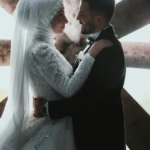



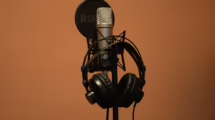




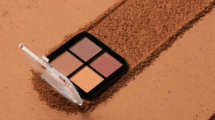



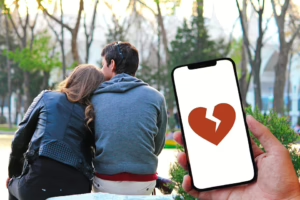


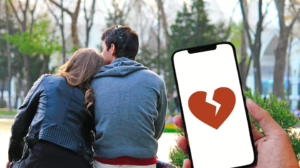





Add Comment